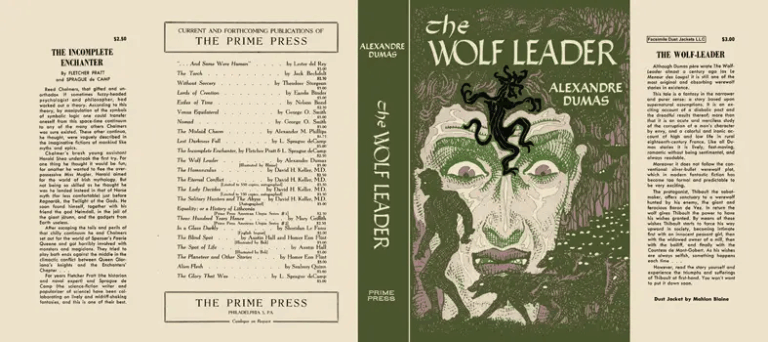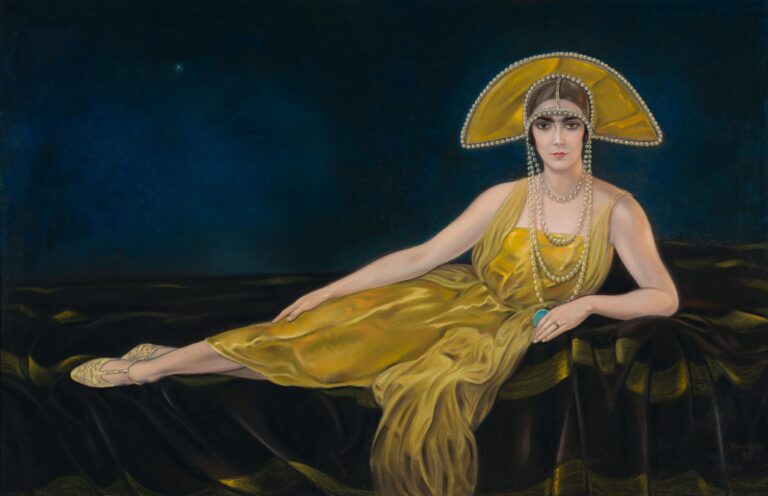On this day in 1596, after failing to capture the Spanish colony of Panama, Francis Drake died of dysentery. A favourite of Queen Elizabeth and perhaps the most famous British corsair, he was vice-admiral to Lord Howard of Effingham when the Spanish Armada (unwisely called “Invincible”) was crushed in the British Channel.
He was also one of the first Englishmen to partake in the Atlantic slave trade, and famously massacred over 600 Scots and Irish after they had surrendered at Rathlin Island.
The treasures he brought back for his favourite queen were many, and she reciprocated with the Drake Jewel, now at the Victoria and Albert Museum: it’s a pendant created by Nicholas Hilliard, one of the queen’s favourite artisans, and it’s made of gold, quartz, rubies, diamonds and pearls. The most baffling part of the jewel is, however, the painted cameo: on the front, in fact, the cameo shows the superimposed figures of an African man and a European woman. The reverse, when opened, shows a portrait of Elizabeth I and a phoenix.
Many conjectures have been made regarding the significance of the African man shown on the front. According to Dr. John Sugden, Drake was a passionate spokesperson for the rights of indigenous people, and spoke up on the subject on many occasions. According to Kane C. Dalton, the drapery on the black man’s neck is an icon of royalty and the man represented is in fact an Emperor.
What do you think?








No Comments